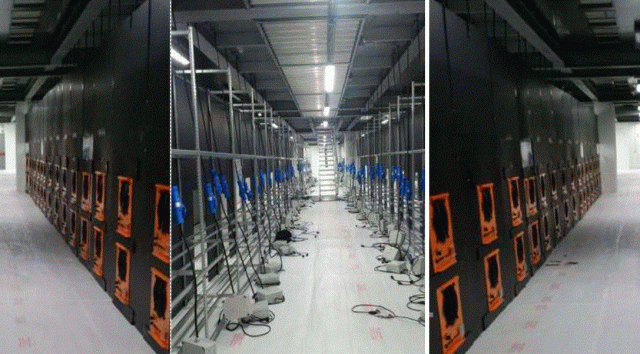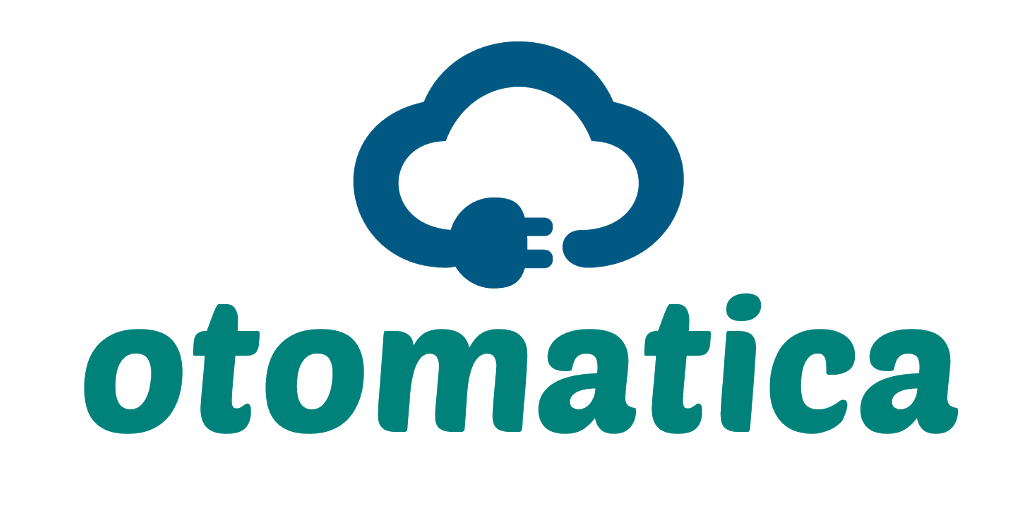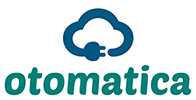
ASHRAE (American Society of Heating, Refrigerating and Air-Conditioning Engineers) started to publish technical articles and provide supportive training programs on Commissioning since 1982. It is understood that this topic stands out especially for mechanical systems. The fact that they are distributed and operate with central control requires such a process for overcoming quality problems.
ASHRAE sets out Commissioning as a quality-oriented process to develop the delivery of a project. According to its definition: “The process focuses on verifying and documenting that the facility and all of its systems and assemblies are planned, designed, installed, tested, operated, and maintained to meet the Owner’s Project Requirements.”
Data Center facilities expect more from the Commissioning process. While the maintenance and repair of heating and cooling systems used for comfort can be performed by fully switching them off at certain times seasonally and keeping them de-energized for days, this is not possible for data centers. Such an interruption would mean switching off IT devices even if partially and no data center facility can take such a risk of downtime.
The Testing and Commissioning process in Data Center projects has the following targets:
- Some of the systems used in the data center infrastructure consist of multiple units in order to provide the redundancy, structural compatibility, optimum investment, and lower operating costs. The operation capability of these units integrated in a teamwork can be designed by using very complicated electromechanical models. The design based on these models is not guaranteed the targeted operation since the ideal conditions assumed in design do not exist in practice. Trial and error tests and optimization are required during Testing and Commissioning process to perform harmonization according to design and structural parameters at the site. Performing these verifications in a holistic way particularly in the case of varying IT loads, and different mode and conditions guarantees the elimination of future problems.
- The number of systems constituting the data center infrastructure is around 15 to 20. These systems have an integrated relationship particularly in power, cooling and automation disciplines. Prevention of unexpected problems is guaranteed when the equipment and distribution element of each system are switched off and on for maintenance and other operational interventions. At this stage it is possible to observe the contribution of each equipment, device, and distribution element to the operation of the data center infrastructure with high business continuity. A not placed device worth one hundred Dollars due to poor design may be risking an investment worth 100 million Dollars.
- And the core staff of the operation team has the opportunity to actually test all the high-risk maneuvers (full load, failure, and maintenance scenarios etc.) with dummy loads. The initial operation procedures and guides are created practically during these phases to eliminate risk, thereby guaranteeing high business continuity in operations throughout the data center lifecycle. Once critical IT equipment is positioned at the data center and the actual IT service is initiated, the team is expected to be competent enough to perform all the maneuvers, back up all the systems with no downtime and perform these with self-confidence.
For each data center, the Testing and Commissioning process should be started at the plan and design stage of the data center. After a data center investor decides to build a data center, the first two agreements are vital for guaranteeing return on investment. The first one is the “Consulting Firm that will set out the requirements and conceptual design of the data center” and the second one is the “Testing and Commissioning Company” that will guarantee that the investment is realized in the most suitable way for the business objectives.
The coordination of testing and commissioning is usually defined in five levels. Otomatica puts forward that a sixth stage should be included at the start of these stages. The projects in which we have provided consultancy services proved that this sixth stage added high value. Although these stages can be managed with various contents and timing depending on the site conditions, its essentials can be summarized as follows:
- Level Initial: In this stage, the testing and commissioning company examines the critical facility projects based on calculations and drawings and sets out whether the contractor companies that will work in electrical, mechanical and automation disciplines meet on a common ground, and specifies their mutual expectations and coordinated operation principles. The details are also clarified with the product suppliers if necessary.
- Level One: The capacities they will install and provide in the critical infrastructure, any capacity equipment restricting the performance and capacity of the facility and any non-standard devices developed specifically for the project are tested in the factory environment. The relationships of the equipment with other disciplines will also be tested, developed, and approved at this stage.
- Level Two: Before the capacity equipment are placed and started up, the electrical and mechanical distribution elements such as cabling, piping, channeling must be installed in accordance with the plan, design, and the standards. The compliance and quality are tested at each production stages. Installation production tests are vital in terms of the available capacity, functional performance, and perfect control of the systems to be installed.
- Level Three: In this stage, the devices are activated in proper order, and power, signal, water, and gas cycles are commissioned progressively from the distribution elements. The service provider starts up each device will first check the operating conditions and then test and show to the test and commissioning team that all the functions and communications of the device are operational.
- Level Four: White Spaces which will accommodate critical IT hardware are now filled with dummy loads imitating their power and cooling behavior. (ref. Figure) BMS, EMS (SCADA) and Environmental Monitoring systems are up and running and the interface screens and alarm management system to be used by the operation staff is ready in the operation room. The systems are tested in detail step by step in a suitable order until approximately 15 to 20 systems constituting integrated the data center infrastructure is gathered together. All the problems are identified and fixed.
- Level Five: The whole data center is up and running with all its systems as it will operate uninterruptedly throughout its lifecycle and BMS and EMS (SCADA) systems are end-to-end manageable with high reliability. All the failure, maintenance and operation scenarios in the test plan are implemented and the last corrections are made such that the implementing companies and product suppliers will transfer responsibility to the operation staff at the end of this stage.
If any certification is required, the necessary control tests can be performed under the responsibility of the operation staff after this stage.
The factors determining data center performance after Level five are mostly behavioral. It will take some time for the operation team to create an organizational culture and routinize the standard activities. The data center will meet the expected business objectives as transition is made to Sustainable Operation, which is an operation model independent of person evolving towards excellence.


